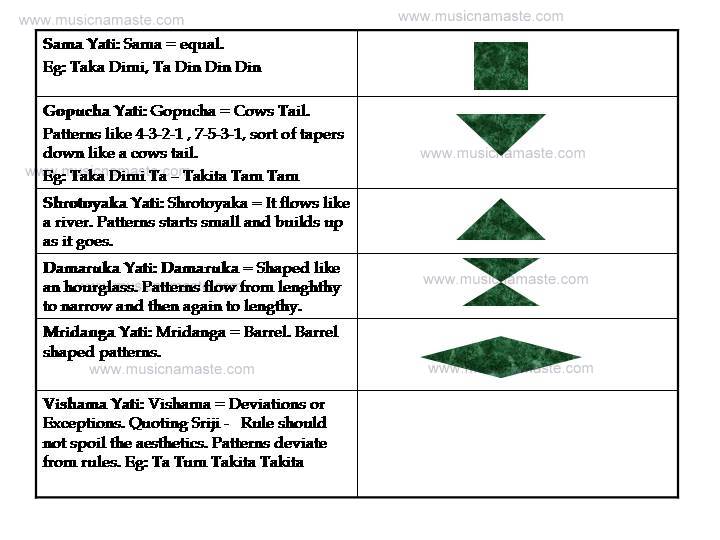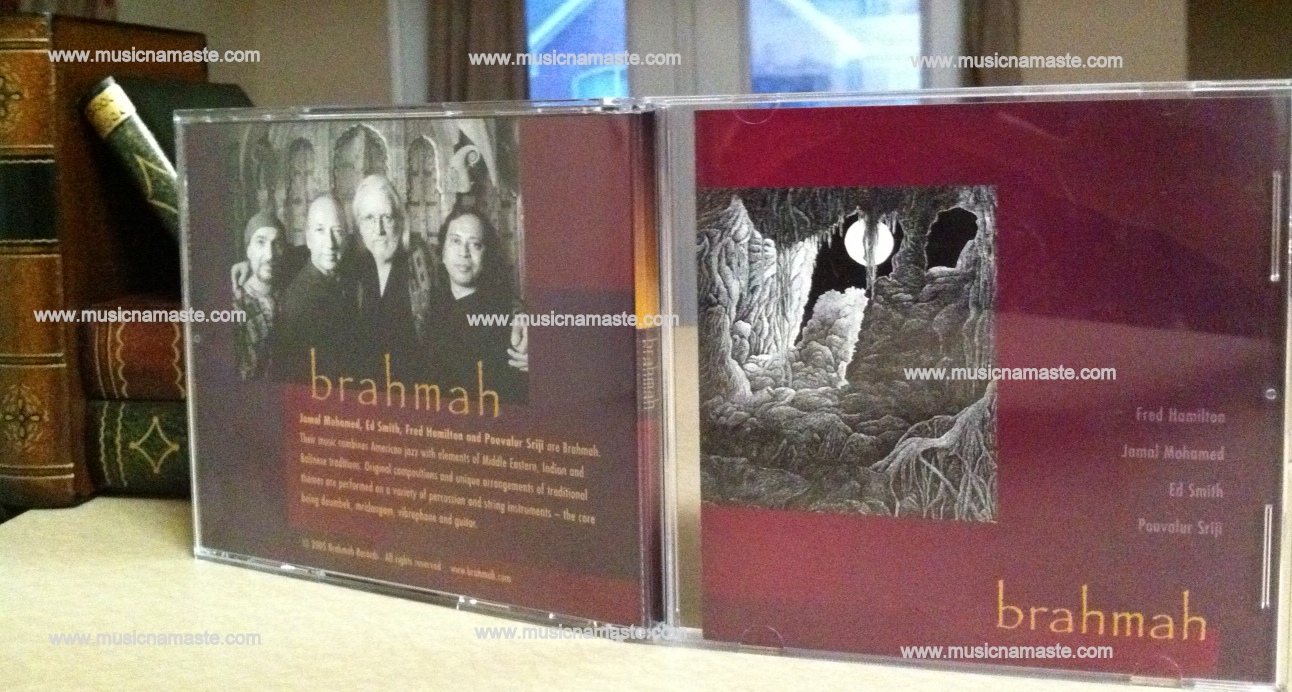Topic : Function of Percussion in Classical Indian Music – Lecture Demostration by Poovalur Sriji.
Date: Jan 15 2011
Venue : Frisco
I recently attended a lecture demonstration by Poovalur Sriji, reknowned “Mridangam” player , musicologist and faculty University of north Texas Denton. My sincere thanks to IGMAA Dallas ( www.igmaa.org ), for thinking of innovative ways to reach out to audience and for arranging this event.
Poovalur Sriji began the presentation with some of his experiences that prompted the beginning of IGMAA and the discussion programs. The discussion covered the history of Carnatic music and “Mridangam”. The wonder instrument “Mridangam” is about 200 years old, which is relatively new in the Carnatic music scene. He talked about the evolution of rhythmic meters in the “Vedas”. He explained about “Akshara Chanda” and “Matra chanda”. “Akshara chanda” is the style of rhythm where a rhythm is one syllable long for one consonant or Akshara. Eg: Rama – Makes for two beats. “Matra chanda” is the style where the rhythm is allowed to be more than one syllable long for the consonant. Eg: Rama – pronounced as Ra-A-Ma is three beats.
Poovalur Sriji continued to talk about the evolution of rhythmic meters and “Taalas”. He then went on to explain about “Taalanga”. For more information on “Taalanga” visit –
The next topic was the one I personally enjoyed a lot and learnt a lot from . It dealt with a concept called “Yati”. Beautiful concept. I have tried to reproduce the concept as explained in the demonstration below –

Concept of Yati
The next topic covered the history of “Mridangam” and its evolution as a main stream instrument. “Mridangam” is a barrel shaped instrument, which is known with various names in India – “Mridang”, “Mridanga” or “Mridangam”. The left side of the barrel shaped instrument is used for playing the bass. The right side is the primary.
Next, Poovalur Sriji played audio from the concert of Palani Subramania Pillai, his grand teacher. The song was “Vishweswara”. Oh, what a a haunting song it is in “Sindhu Bhairavi Ragam”.
Next he went on to explain the format of a solo “Mridangam” performance. The performance starts with “Vinyasa” in the three speeds. “Vinyasa” is a skillful elaboration of a particular phrase. After which there will be a “Mora” or a “Korvai” ( Ta – Di – Gina – Tom ). Then there will be a change of speed with patterns like A-B,A-C, A-B,A-C/2 etc. He played a solo performance of Palghat Mani Iyer to illustrate this concept to audience. It was a breathtaking audio from the 1950s.
The whole discussion was very well planned executed. There was good interaction with the audience. The format of the hall with a U shaped audience seating proved very good. The lighting, the sounds and visuals were toned very well. The program started on time and ended on time. The entire presentation was well planned, structured and was driven in a very focused way. The discussions were interspersed with audio and visuals which kept the audience glued to their seat. The “Mridangam” tone was just exceptional and stirred up a very unique kind of energy in the room.
As I am writing this, I am enjoying the CD I bought called “Brahmah” ( www.brahmah.com ). Hope fully my next post will be about the experience of listening to the CD.

Brahmah Audio CD by Poovular Sriji
Thank you IGMAA for this wonderful presentation. It’s a great idea to have open forums to discuss Indian music and its influences. MusicNamaste wishes you all the very best!